Dogs can develop an infected paw from a variety of causes such as a cut, scrape, or foreign object that can lead to inflammation and infection. As a responsible pet owner, it’s important to know how to recognize if your dog's paw is infected and how to properly treat the injury to prevent complications.
Recognize the Signs
The first step in treating an infected paw is to recognize the signs. Common symptoms of an infected paw include redness, swelling, warmth to the touch, discharge, and limping. If you notice any of these symptoms, it’s important to act quickly to prevent the infection from spreading.
Clean the Wound
Once you have identified that your dog's paw is infected, you need to thoroughly clean the affected area. Begin by trimming the hair around the wound, so you have clear access to the injured area. Then, gently clean the wound using a saline solution or a mild antiseptic solution. Avoid using alcohol or hydrogen peroxide since they may be too harsh and delay the healing process.
Apply Topical Medications
After cleaning the wound, apply a topical antibiotic ointment to the infected paw. These ointments can help to prevent further infection and promote healing. Some common antibiotics used in treating infected paws are Neosporin, Bacitracin, and Polysporin. Be sure to use these medications as directed and keep your dog from licking the ointment off.
Monitor the Wound
It is essential to monitor your dog's paw for signs that the infection is increasing. Dispose of any used materials after use, and make sure the area stays clean of debris. Check the affected area daily and look for signs of improvement or worsening. If the condition worsens or does not show any sign of improvement after a few days, contact your veterinarian immediately.
Preventing Paw Infections
Prevention is always better than cure. Ensure to keep your pet's paws clean and dry. Routinely check their paws for any cuts, wounds or abrasions. If you tend to take your dog on walks on uneven terrain, it is vital to check their paws after each walk. Trimming their nails regularly can also aid in the prevention of paw infections as long nails can lead to cuts and wounds.
An infected paw on your pup can be a distressing situation; however, with the correct knowledge and care, it can be resolved quickly. If any symptoms of paw infection are observed, do act quickly and follow the steps mentioned above. Early treatment is necessary to prevent the infection from spreading and causing further complications. Most importantly, ensuring proper paw hygiene is key to preventing infections. If you have any further doubts or concerns, consult your veterinarian immediately. Remember, a happy and healthy pup makes for a happy life!
@susan.broussard Greetings from the houndies and me! A little about me and them and enjoying a beautiful afternoon!! #greyhound #retiredracer #greyhoundsoftiktok #nurse #healthyliving #wellness ♬ original sound - Susan | Women's Wellness
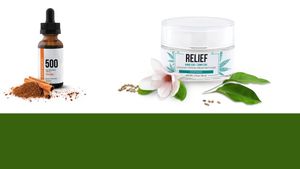


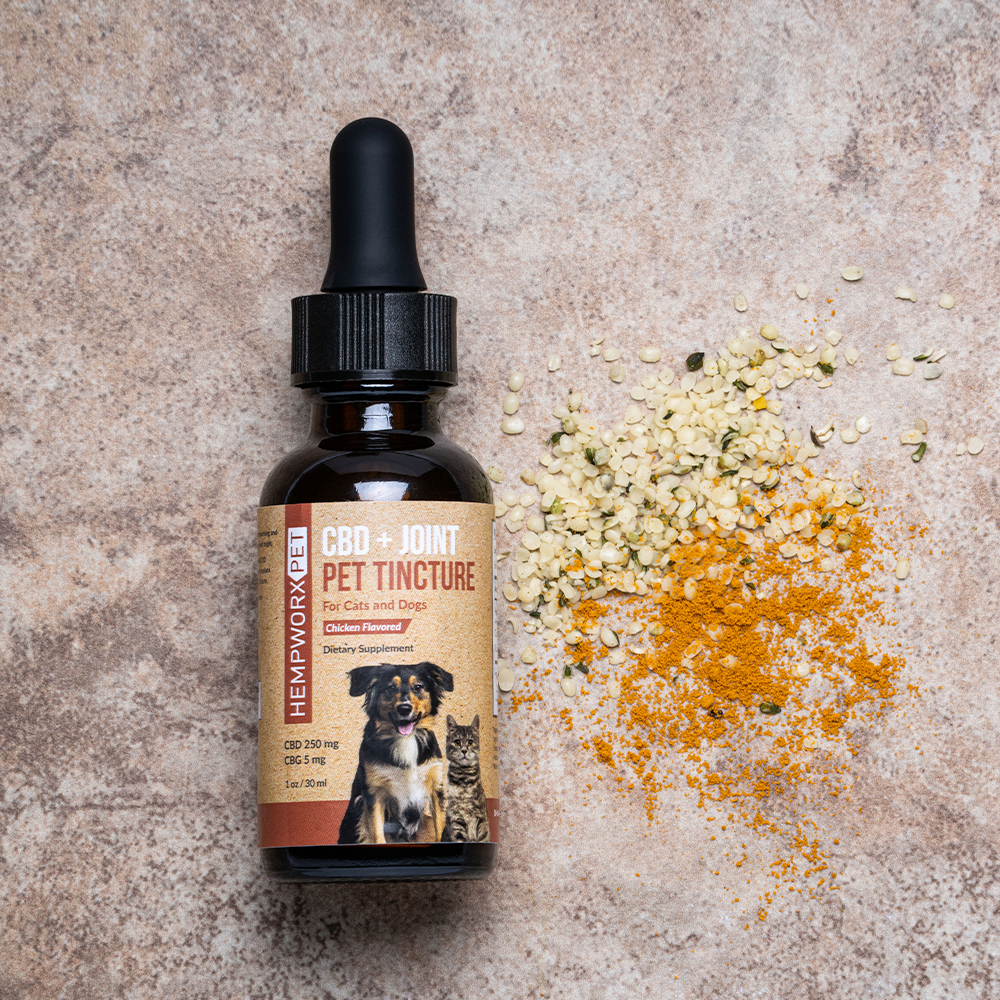

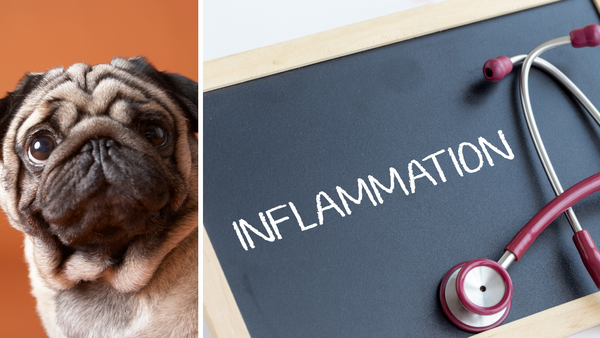
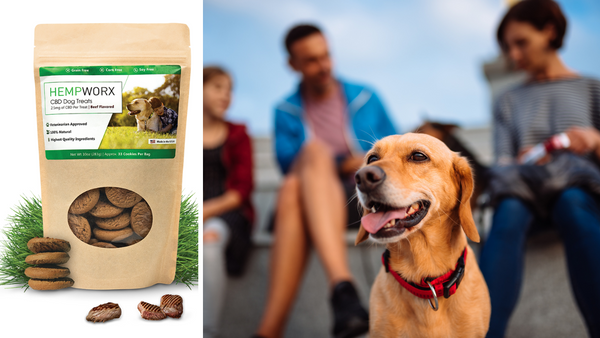
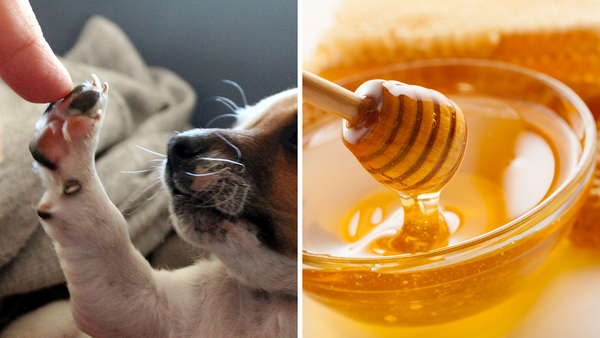
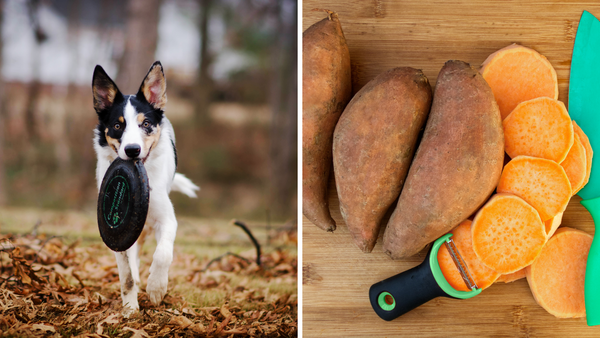
Member discussion